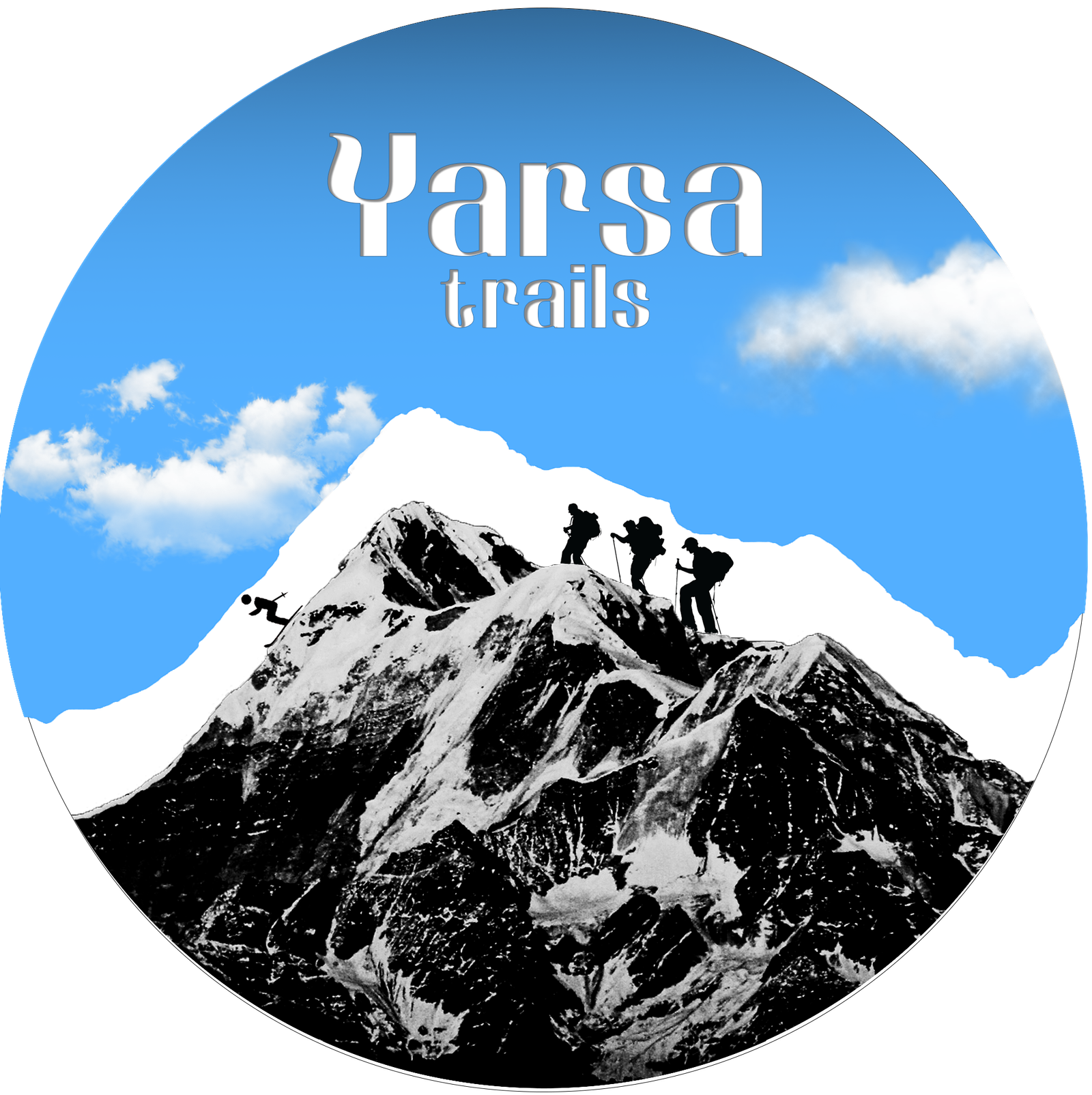Choosing the right trekking gear is crucial when you’re planning a trek in the Himalayas. The right equipment not only makes your trek more comfortable but also ensures your safety in challenging mountain environments. Here’s a guide on how to select the essential trekking gear for your Himalayan adventure.
1. Selecting the Right Trekking Shoes
Your shoes are probably the most important piece of gear. Good trekking shoes offer support, grip, and protection on varied terrains, from rocky paths to snowy trails.
- Look for Ankle Support: The Himalayan terrain can be uneven and unpredictable. Shoes with good ankle support can prevent injuries on rough trails.
- Waterproof and Breathable: Weather can change quickly in the mountains. Shoes that are waterproof yet breathable will keep your feet dry and comfortable.
- Good Grip: Choose shoes with a firm grip for better traction on slippery surfaces.
- Try Them On: Break in your shoes before the trek. Wear them on practice hikes to ensure they’re comfortable and won’t cause blisters.
2. Picking the Right Backpack
A well-fitting backpack can make a huge difference in your trekking experience. The size and features of your backpack should match the length and nature of your trek.
- Capacity Matters: For treks lasting up to a week, a 40-50 liter backpack is usually sufficient. For longer treks, you might need a 60-liter pack.
- Comfort and Fit: Look for padded shoulder straps, a hip belt, and a frame that fits your torso. Adjustable straps help distribute the weight evenly.
- Rain Cover: Weather in the mountains can be unpredictable, so a rain cover is essential to keep your gear dry.
3. Layering Your Clothing
The key to staying comfortable in the mountains is layering your clothes. The layering system helps you adjust to changing weather conditions quickly.
- Base Layer: This is your moisture-wicking layer, which keeps sweat away from your skin. Opt for synthetic or merino wool tops.
- Mid Layer: This layer provides insulation. Fleece jackets or lightweight down jackets work well.
- Outer Layer: A waterproof and windproof jacket protects you from rain, snow, and wind. Make sure it’s breathable to avoid overheating.
- Extras: Don’t forget a warm hat, gloves, and extra socks. Carry a sun hat for protection during the day.
4. Essential Accessories
Small accessories can have a big impact on your comfort and safety.
- Trekking Poles: They help with balance and reduce strain on your knees, especially on steep ascents and descents.
- Headlamp: A good headlamp is essential for early starts, evening walks, or emergencies. Always carry spare batteries.
- Sunglasses and Sunscreen: The sun is harsh at high altitudes, and UV exposure can be intense. Polarized sunglasses and high-SPF sunscreen are must-haves.
5. Sleeping Gear
For multi-day treks, a good sleeping bag is non-negotiable.
- Temperature Rating: Choose a sleeping bag rated at least 10°C below the expected night-time temperatures of your trek.
- Sleeping Pad: A lightweight sleeping pad provides insulation from the cold ground and adds comfort.
6. Eating and Hydration Gear
Staying hydrated and well-fed is key to maintaining energy levels on the trek.
- Hydration System: A water bladder or bottles with a filtration system are convenient for drinking on the go.
- Portable Stove: For more remote treks, a compact portable stove can be handy for making hot meals or drinks. Ensure you have the necessary fuel and know how to use it safely.
7. First-Aid and Emergency Gear
Always be prepared for emergencies. A well-stocked first-aid kit and basic knowledge of first aid can make a big difference in case of accidents.
- First-Aid Kit: Include essentials like bandages, antiseptics, painkillers, and altitude sickness medication. Customize it based on your needs.
- Emergency Blanket: Lightweight and compact, emergency blankets can provide warmth in case of unexpected cold weather or injuries.
- Communication Device: Mobile signals can be unreliable. Consider carrying a satellite phone or walkie-talkie for emergencies, especially on less-traveled routes.
Choosing the right trekking gear can significantly enhance your Himalayan trekking experience. By investing in the right equipment, from sturdy boots to warm layers and safety gear, you can ensure that you’re well-prepared for the challenges of the mountains. Remember, it’s better to carry a little extra weight than to find yourself unprepared in the wilderness. Happy trekking!
